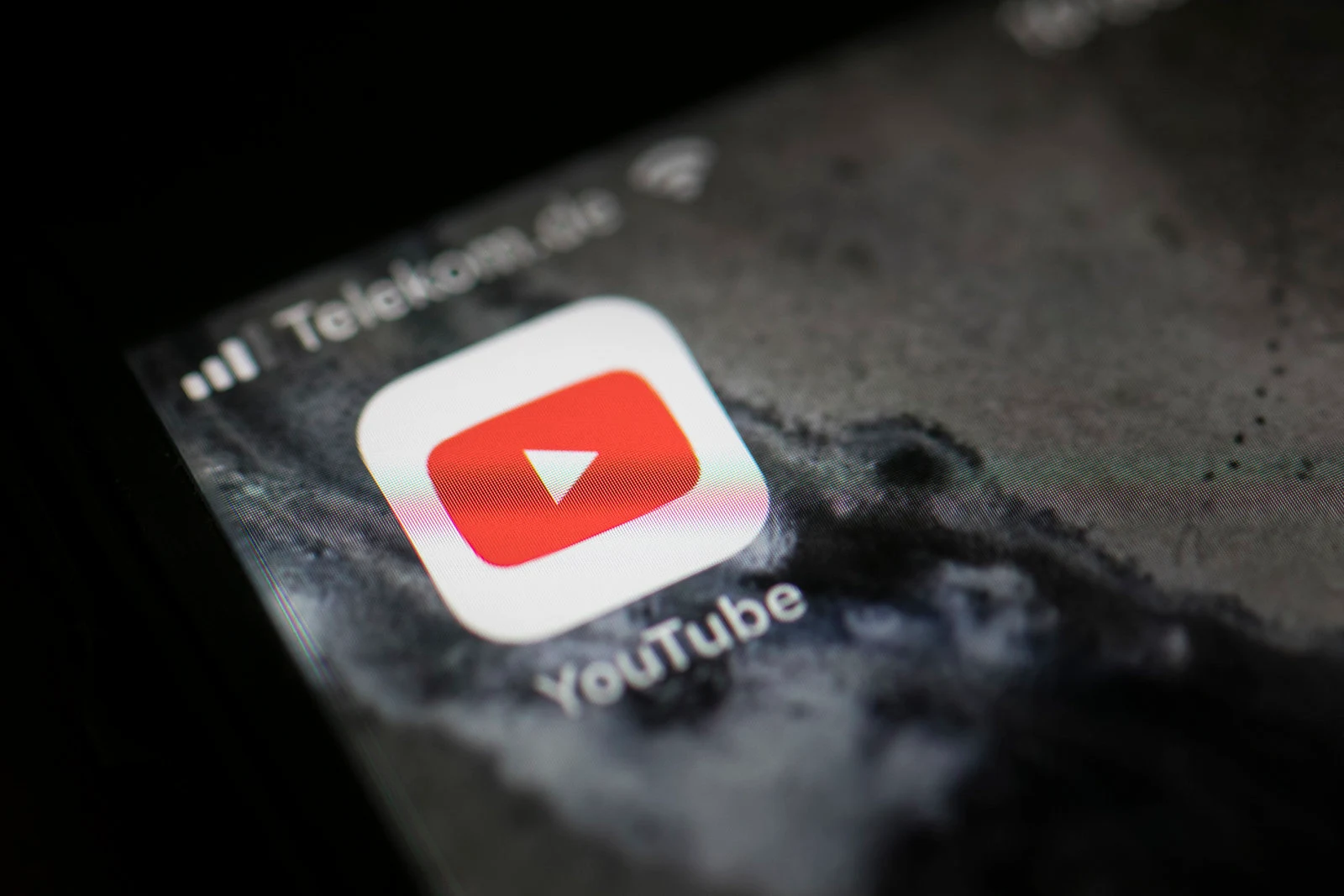Just like time after time, things do come down to male vs female, no matter how much you try to avoid or mansplain it for that matter. While the title sounds to be the latest addition to the list of points in this never ending battle, this time Google has brought some interesting statistics, with the help of study conducted by Geena Davis Institute On Gender In Media (GDIGM), on how YouTube advertisements with women are gaining more attention despite of male characters getting more space.
For a better introduction, GDIGM supports the equal representation of women in media and therefore to put the claim with strong proofs, they studied around 2.7 million video ads on YouTube (with 550 billion views) which took four years to do that until last March. The ads were also spread across 11 different convent verticals and belonged to 51 different markets.
The report in the end came out very surprising as with more male characters appearing in YouTube ads, the ones which had gender balance or with women featuring simply did way better in terms of views. The exact figures of it were also approved by AdWeek which stated that there was roughly 30% increase in viewership.
Along with more screen time, men also got more opportunity to speak in the ads. As per the study, 60% of the time male characters were speaking, whereas only got 40% of time to speak for promoting things in the ads. The study also highlighted the fact that in all of the YouTube ads, male characters were found to be four years older on average as compared to their counterparts and how female characters were 9% less likely to be shown with an occupation. Men, overall were just given more power.
To clarify what it means for the advertising world, Davis stated in a blog post that gender is not only limited to binary definitions. In fact, the report can serve as a great reflection on binary gender expression based on a machine learning model which used a data set of individuals with their consent of being self-identified.

Featured photo: Florian Gaertner / Getty Images
Read next: YouTube Experiments With New Comments Layout in App
For a better introduction, GDIGM supports the equal representation of women in media and therefore to put the claim with strong proofs, they studied around 2.7 million video ads on YouTube (with 550 billion views) which took four years to do that until last March. The ads were also spread across 11 different convent verticals and belonged to 51 different markets.
The report in the end came out very surprising as with more male characters appearing in YouTube ads, the ones which had gender balance or with women featuring simply did way better in terms of views. The exact figures of it were also approved by AdWeek which stated that there was roughly 30% increase in viewership.
Along with more screen time, men also got more opportunity to speak in the ads. As per the study, 60% of the time male characters were speaking, whereas only got 40% of time to speak for promoting things in the ads. The study also highlighted the fact that in all of the YouTube ads, male characters were found to be four years older on average as compared to their counterparts and how female characters were 9% less likely to be shown with an occupation. Men, overall were just given more power.
To clarify what it means for the advertising world, Davis stated in a blog post that gender is not only limited to binary definitions. In fact, the report can serve as a great reflection on binary gender expression based on a machine learning model which used a data set of individuals with their consent of being self-identified.

Featured photo: Florian Gaertner / Getty Images
Read next: YouTube Experiments With New Comments Layout in App

